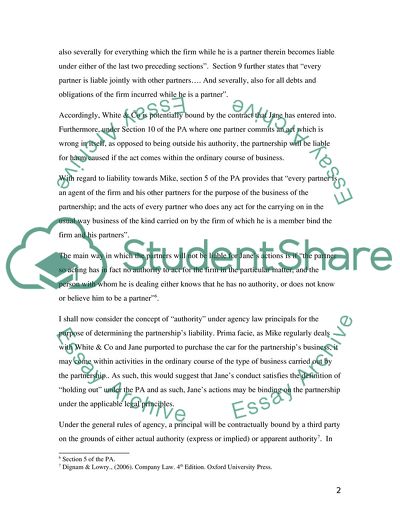Cite this document
(Analysis of White & Co Law Cases Concerning Principles of Partnership Case Study - 3, n.d.)
Analysis of White & Co Law Cases Concerning Principles of Partnership Case Study - 3. Retrieved from https://studentshare.org/law/1719067-company-law
Analysis of White & Co Law Cases Concerning Principles of Partnership Case Study - 3. Retrieved from https://studentshare.org/law/1719067-company-law
(Analysis of White & Co Law Cases Concerning Principles of Partnership Case Study - 3)
Analysis of White & Co Law Cases Concerning Principles of Partnership Case Study - 3. https://studentshare.org/law/1719067-company-law.
Analysis of White & Co Law Cases Concerning Principles of Partnership Case Study - 3. https://studentshare.org/law/1719067-company-law.
“Analysis of White & Co Law Cases Concerning Principles of Partnership Case Study - 3”, n.d. https://studentshare.org/law/1719067-company-law.


